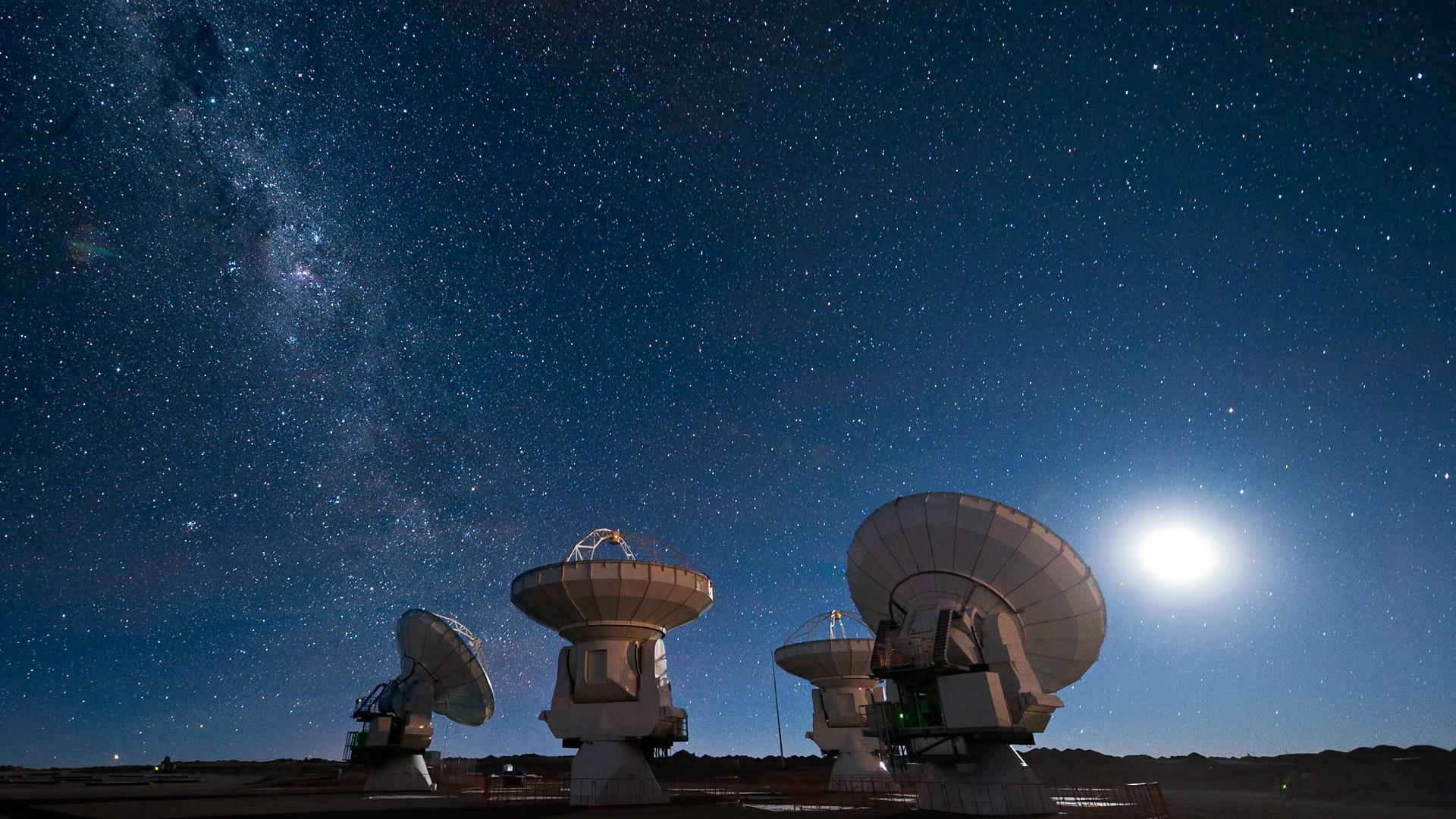SYDNEY, Dec. 18 (Xinhua) -- Aussie astrologers have discovered an ancient relic of the Big Bang, giving them a glimpse 13.7 billion years into the past, research revealed on Tuesday.
Using the world's most powerful optical telescope, scientists from the Swinburne University of Technology (SUT) in Melbourne, identified a pristine gas cloud which they say, due to its condition, must have formed very close to or during the Big Bang.
"Everywhere we look, the gas in the universe is polluted by waste heavy elements from exploding stars," SUT PhD candidate and co-discoverer Fred Robert explained.
"But this particular cloud seems pristine, if it has any heavy elements at all, it must be less than 1/10,000th of the proportion we see in our Sun," Robert said.
That amount of heavy elements is extremely low -- compelling evidence that it is a leftover from the Big Bang.
Using twin 10 metre telescopes at the W.M. Keck Observatory in Hawaii, the team were able to distinguish the cloud's properties, due to the backdrop of a super bright quasar which allowed the spectral shadows of hydrogen in the gas cloud to be seen.
The discovery will help astrologers understand why after the Big Bang, some gas formed stars and galaxies, and others did not.





